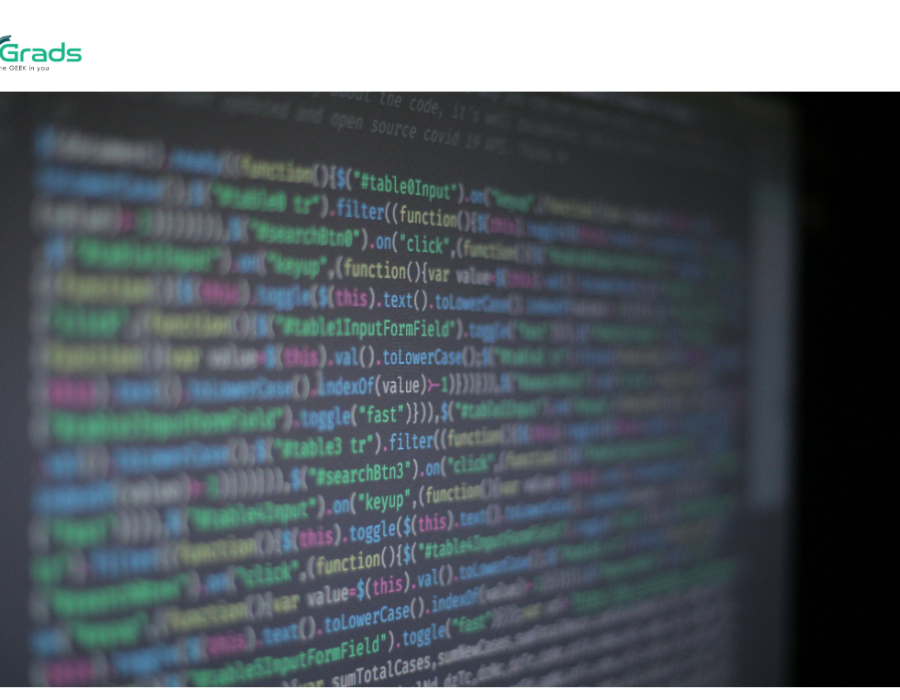When you’re looking for the best Java Full Stack Developer course, the options can feel overwhelming. Bootcamps, online platforms, and even traditional universities claim to offer the right training. But not every course will give you the mix of practice and theory you need.
Here are key factors to help you decide:
- Curriculum Coverage: The best course covers front-end (HTML, CSS, JavaScript, frameworks) and back-end (Java, Spring Boot, databases). It also includes topics like Object-Oriented Programming, design patterns, testing, debugging techniques, and project management.
- Hands-On Projects: Theory sticks when you apply it. Look for courses where you build apps, connect APIs, and optimize code.
- Agile Development Methodology: Since most US tech teams work in Agile, a good course should mirror real workflows.
- Mentorship & Feedback: Quality feedback helps you improve faster. Whether through code reviews or one-on-one mentoring, this makes a big difference.
- Career Support: Resume guidance, mock interviews, and placement help can bridge the gap between learning and landing your first role.
What Students Gain from the Best Java Full Stack Developer Course
1. Strong Programming Foundation
Through Object-Oriented Programming (OOP), students understand how to build scalable applications. Learning inheritance, encapsulation, and polymorphism early sets a solid base for advanced development.
2. API Integration in Practice
Real apps don’t live alone. They connect to payment gateways, chat systems, analytics platforms, and more. The best courses don’t just explain API integration — they let you practice it.
3. Smarter Debugging Techniques
When things break (and they always do), debugging is your life raft. Breakpoints, stack traces, log analysis — these techniques save hours and reduce stress. Courses that simulate real errors prepare you for the workplace.
4. Testing and Quality Assurance
Modern development expects testing at every stage. Unit tests, integration tests, even automated pipelines help maintain app quality. Courses that teach this give you a career edge.
5. Real-World Design Patterns
From Singleton to MVC, patterns simplify communication and solve recurring challenges. Employers notice when you apply them correctly.
6. Code Optimization Skills
Writing code that works is one thing. Writing code that works efficiently is another. The best Java Full Stack Developer course will train you to optimize queries, use efficient algorithms, and deliver apps that scale.
Career Impact of Taking the Best Java Full Stack Developer Course
Higher Salaries
Employers value developers who can manage the whole stack. According to Indeed, Java full stack developers in the USA earn an average of $120,000 per year, with top roles going even higher. (Indeed Salary Data)
Broader Career Paths
Graduates can become:
- Full Stack Developer
- Java Backend Developer
- API Integration Specialist
- QA Engineer with coding expertise
- Agile Project Coordinator with technical focus
Stronger Job Security
Since businesses constantly need new apps, demand for full stack skills is steady. In fact, a LinkedIn survey ranked Full Stack Development as one of the top 5 emerging jobs in the USA.
Why Students in the USA Should Care
The US job market is competitive, but it rewards efficiency. Employers prefer candidates who can do more than one thing. If you finish the best Java Full Stack Developer course, you prove that you can:
- Build from scratch.
- Work in teams.
- Deliver faster with Agile.
- Keep apps reliable with testing and debugging.
- Optimize code for better performance.
For college students or career switchers, this versatility makes you stand out in interviews.
Real-World Example: A Capstone Project
Imagine you’re in your final month of the course. You build an e-commerce site where users can:
- Browse products (front-end in React/Angular).
- Place orders (backend in Java Spring Boot).
- Pay through a third-party API like Stripe.
- Track shipping with real-time updates.
This single project shows you’ve learned OOP, debugging, design patterns, Agile sprints, testing, and optimization. It’s a portfolio piece that speaks louder than words.
Best Java Full Stack Developer Course: Online vs Offline
- Online Courses: Flexible, accessible anywhere in the USA, often cheaper. Great for working students.
- Offline Bootcamps: Intense, immersive, often faster. Best for those who thrive in classroom settings.
- Hybrid Options: Mix of both, offering live sessions plus self-paced study.
Each has benefits, but the best Java Full Stack Developer course balances flexibility with mentorship and real projects.
Where to Begin
If you’re serious about starting, check out TekGrads’ Java Full Stack Course, which offers a practical curriculum for beginners and advanced learners. Explore TekGrads here
Other global learning platforms also offer options, but TekGrads has strong emphasis on project-based training.
Final Thoughts
Choosing the best Java Full Stack Developer course is about more than a certificate. It’s about gaining skills that US employers respect:
- Writing clean OOP code.
- Applying design patterns.
- Mastering debugging techniques.
- Testing for quality assurance.
- Integrating APIs.
- Working in Agile teams.
- Optimizing code for speed and scalability.
- Managing real projects with confidence.
If you want a career that combines creativity and problem-solving, and you’re ready for steady demand in the USA job market, this course path is your ticket. The sooner you start, the sooner you’ll be coding your future.





Comments